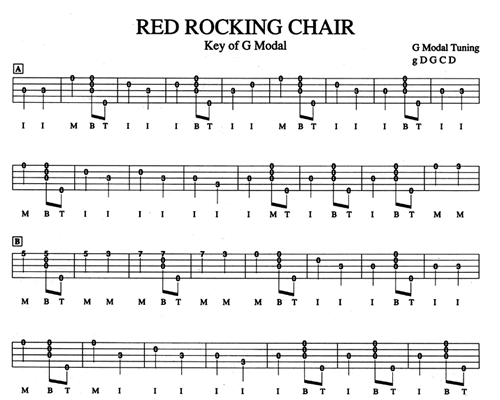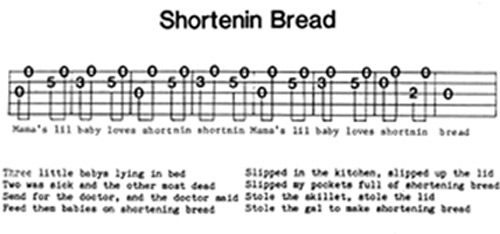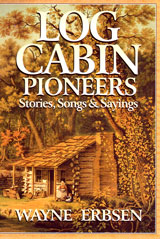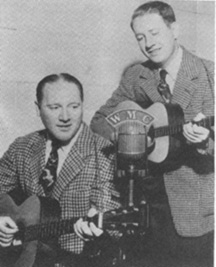
“There was a big crowd there and everything was decorated and all fixed up like the president of the United States would be there. It was by far the biggest and most important contest in the entire country. People who had never been to a contest before gathered with the contestants at the Old Athens (Alabama) Agricultural School. My mother had made (guitar) cases for us out of cotton sacks we used during the picking season and we had our names on them spelled out in full. I painted them on the cases with pokeberry juice.
“You know how it

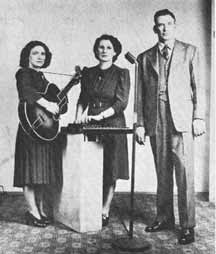

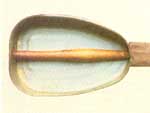
 Well, right off, those pear-shaped tins reminded me of mandolins (we musicians tend to see music in almost everything), and that got me to thinking about the banjo-like instrument I’d once made out
Well, right off, those pear-shaped tins reminded me of mandolins (we musicians tend to see music in almost everything), and that got me to thinking about the banjo-like instrument I’d once made out 